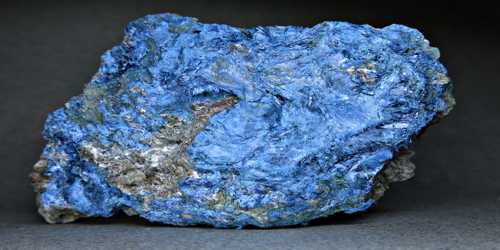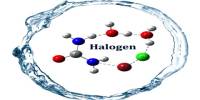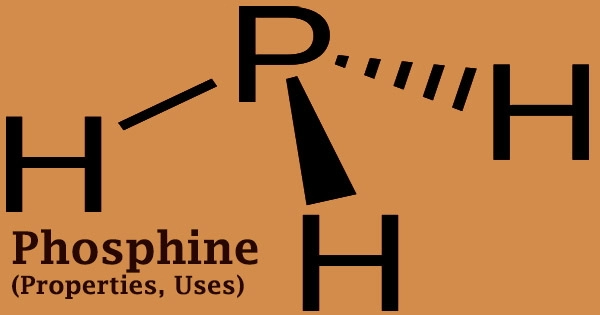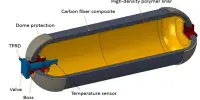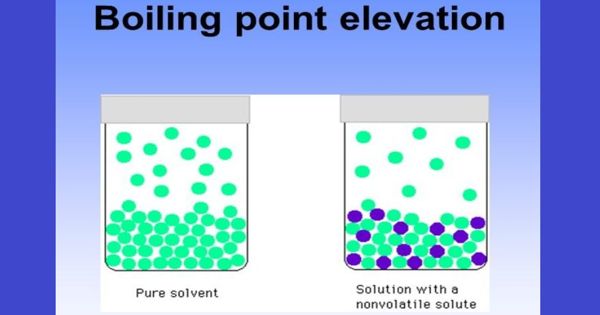Aerinite (Ca4(Al,Fe,Mg)10Si12O35(OH)12CO3·12H2O) is a bluish-purple inosilicate mineral. It was named after the Greek word for sky blue, due to the mineral’s distinctive color. It crystallizes in the monoclinic system and occurs as fibrous masses and coatings. It has a dark, vitreous luster, a specific gravity of 2.48 and a Mohs hardness of 3.
It is a rare mineral that occurs at its French locality at Saint Pendelon as “a hydrothermal mineral of the zeolite facies, formed at relatively low temperatures in fractures cutting mafic igneous rocks” in association with prehenite, scoleite, and mesolite. Additional localities for aerinite include in Spain and the United States.
It is a low-temperature hydrothermal phase occurring in zeolite facies alteration of mafic rocks. Associated minerals include prehnite, scolecite, and mesolite. Its name comes from a Greek root “aerinos,” meaning “atmosphere” or “sky”.
General information
- Category: Inosilicate
- Formula: (Ca4(Al,Fe,Mg)10Si12O35(OH)12CO312H2O)
- Crystal system: Monoclinic (Unknown space group)

Identify of Aerinite
It can be identified in the field by its color variations, such as blue, blue-green, and sky-blue. It is translucent and fibrous. This mineral has a metallic luster with shining black streak. The density of aerinite is 2.48 g/cm3, with a hardness of 3 – approximate to calcite.
Identification
- Color: Blue to blue-green
- Crystal habit: fibrous
- Mohs scale hardness: 3
- Luster: vitreous
- Streak: bluish white
- Diaphaneity: Translucent
- Specific gravity: 2.48
Occurrence and Useful Mineral Association
It occurs in a hydrothermal mineral of the zeolite facies, formed at relatively low temperature, in fractures cutting macigneous rocks. It is often associated with minerals such as prehnite, scolecite, and mesolite.
Information Source:
